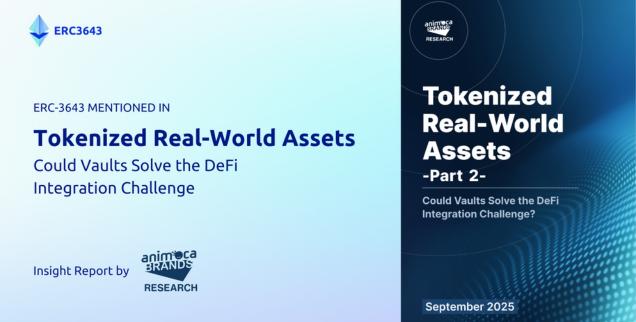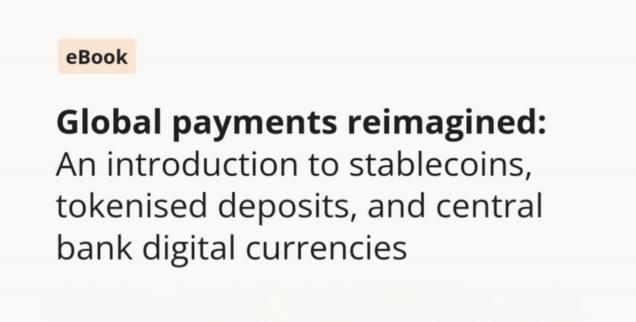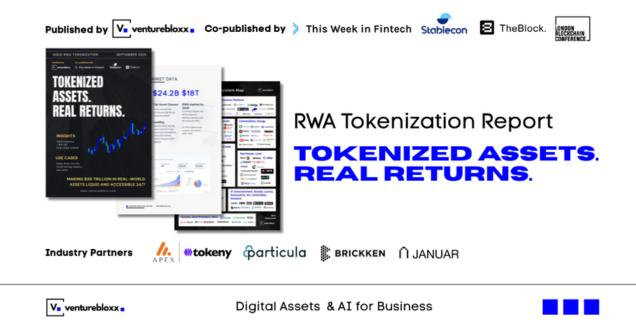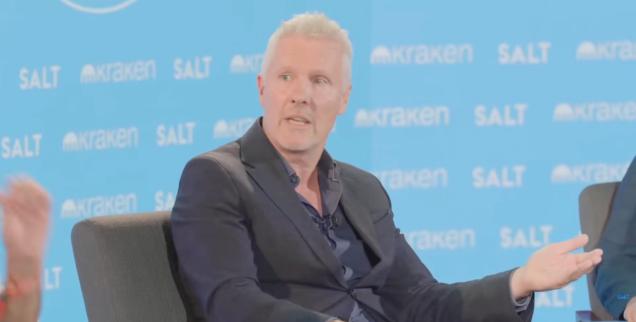
September 2025
Nasdaq has filed with the SEC to tokenise every listed stock by 2026. If approved, this would be the first time tokenised securities trade on a major U.S. exchange, a milestone that could transform global capital markets. Under the proposal, investors will be able to choose whether to settle their trades in traditional digital form or in tokenised blockchain form.
As, more and more firms are tokenising stocks. The implications are potentially huge:
- 24/7 trading of tokenised equities
- Instant settlement
- Programmable ownership
- Full shareholder rights, identical to traditional shares
This is a large overhaul of market infrastructure. Sounds great, but the reality is much more complex.
How to tokenise stocks?
Tokenised stocks today can be structured in several ways, including:
- Indirect tokenisation: The issuer raises money via the issuance of a financial instrument different from the stocks, typically a debt instrument (e.g. bond/note), and buys the underlying stocks with the raised funds. The tokens may either be the financial instrument itself or represent a claim on that financial instrument. The token does not grant investors direct ownership of the underlying stock. However, it is simple to launch.
- Direct tokenisation: Stocks are tokenised directly at the stock company level, preserving voting, dividends, and reporting rights. Although this method tends to be more difficult to implement due to legal and infrastructure requirements.
Both structures have their benefits and drawbacks. The real issue, however, is how the tokens are managed post-issuance.
Permissionless vs permissioned tokens
While choosing a structure for tokenised stocks is important, the true success of tokenisation depends on whether the tokens are controlled or free to move, because this determines compliance, investor protection, and ultimately whether the market can scale safely.
- Permissionless: Tokens can move freely on-chain after issuance. Token holders gain economic exposure, but not shareholder rights. Secondary market trading is not controlled, creating compliance risks. The legitimate owner of the security is not always clear.
- Permissioned: Compliance and eligibility are enforced at every stage, embedding rules directly into the token. Crucially, permissioned tokens also guarantee investor safety by making ownership legally visible in the issuer’s register. For issuers, this model also fulfils their legal obligation to know who their investors are at all times. Transfers to non-eligible wallets are blocked, maintaining regulatory safety while preserving trust.
While permissionless tokens may be quicker to launch, they carry significant legal risks, weaken investor trust, and fragment growth. By contrast, permissioned tokens should be considered as the only sustainable approach to tokenising stocks, because they combine compliance, investor protection, and long-term scalability.
The right way forward – compliance at the token level
Nasdaq’s SEC filing shows the path to do this right. Tokenised stocks will only succeed if eligibility and compliance are enforced in both issuance and secondary trading.
That’s where open-source standards like ERC-3643 come in:
- Automated compliance baked in: Rules are enforced automatically at the protocol level, not manually after the fact
- Eligibility checks: Only approved investors can hold the asset, enabling ownership tracking efficiently
- Controlled transfers: Tokens cannot be sent to non-eligible investors, even in the secondary market
- Auditability: Every transaction can be monitored in real time, ensuring trust with regulators
This is how tokenised stocks can operate safely at scale, with compliance embedded directly into the digital infrastructure, no matter if it’s through direct or indirect tokenisation. This provides safety at scale, unlocked liquidity, efficiency, and regulatory alignment.
Why this matters now?
Investor demand for tokenised assets is surging. Global banks are exploring issuance, Coinbase has sought approval, and now Nasdaq is moving ahead under the SEC’s umbrella. Tokenisation will be at the core of financial markets.
But shortcuts built on permissionless, freely transferable tokens will only invite regulatory backlash, slowing innovation and preventing the market from scaling.
The future of tokenised shares will be built on:
- Carrying full shareholder rights and guaranteeing ownership
- Automatic, enforced compliance on every trade
- Integrating directly into existing market infrastructure
That is what true tokenisation means, not synthetic exposure, but embedding the rules of finance into the share itself.
We believe this is the turning point. Nasdaq’s move validates what we’ve been building toward: a global financial system where tokenisation unlocks liquidity, efficiency, and access, not at the expense of compliance, but because of it.
The race is on. The winners won’t be those who move fastest, but those who build markets that are trusted, compliant, and scalable from day one.
Tokeny Spotlight
Annual team building
We head to Valencia for our annual offsite team building. A fantastic time filled with great memories.
Token2049
Our CEO and Head of Product for Apex Digital Assets, and CBO, head to Singapore for Token2049
New eBook
Global payments reimagined. Download to learn what’s driving the rapid rise of digital currencies.
RWA tokenisation report
We are proud to have contributed to the newly released RWA Report published by Venturebloxx.
SALT Wyoming
Our CCO and Global Head of Digital Assets at Apex Group, Daniel Coheur, discusses Blockchain Onramps at SALT.
We test SilentData’s privacy
Their technology explores how programmable privacy allows for secure and compliant RWA tokenisation.
Tokeny Events
Token2049 Singapore
October 1st-2nd, 2025 | ?? Singapore
Digital Assets Week London
October 8th-10th, 2025 | ?? United Kingdom
ALFI London Conference
October 15th, 2025 | ?? United Kingdom
RWA Singapore Summit
October 2nd, 2025 | ?? Singapore
Hedgeweek Funds of the Future US 2025
October 9th, 2025 | ?? United States of America
ERC3643 Association Recap

ERC-3643 is recognized in Animoca Brands Research’s latest report on tokenised real-world assets (RWAs).
The report highlights ERC-3643 as a positive step for permissioned token standards, built to solve the exact compliance and interoperability challenges holding the market back.
Read the story here
Subscribe Newsletter
A monthly newsletter designed to give you an overview of the key developments across the asset tokenization industry.






